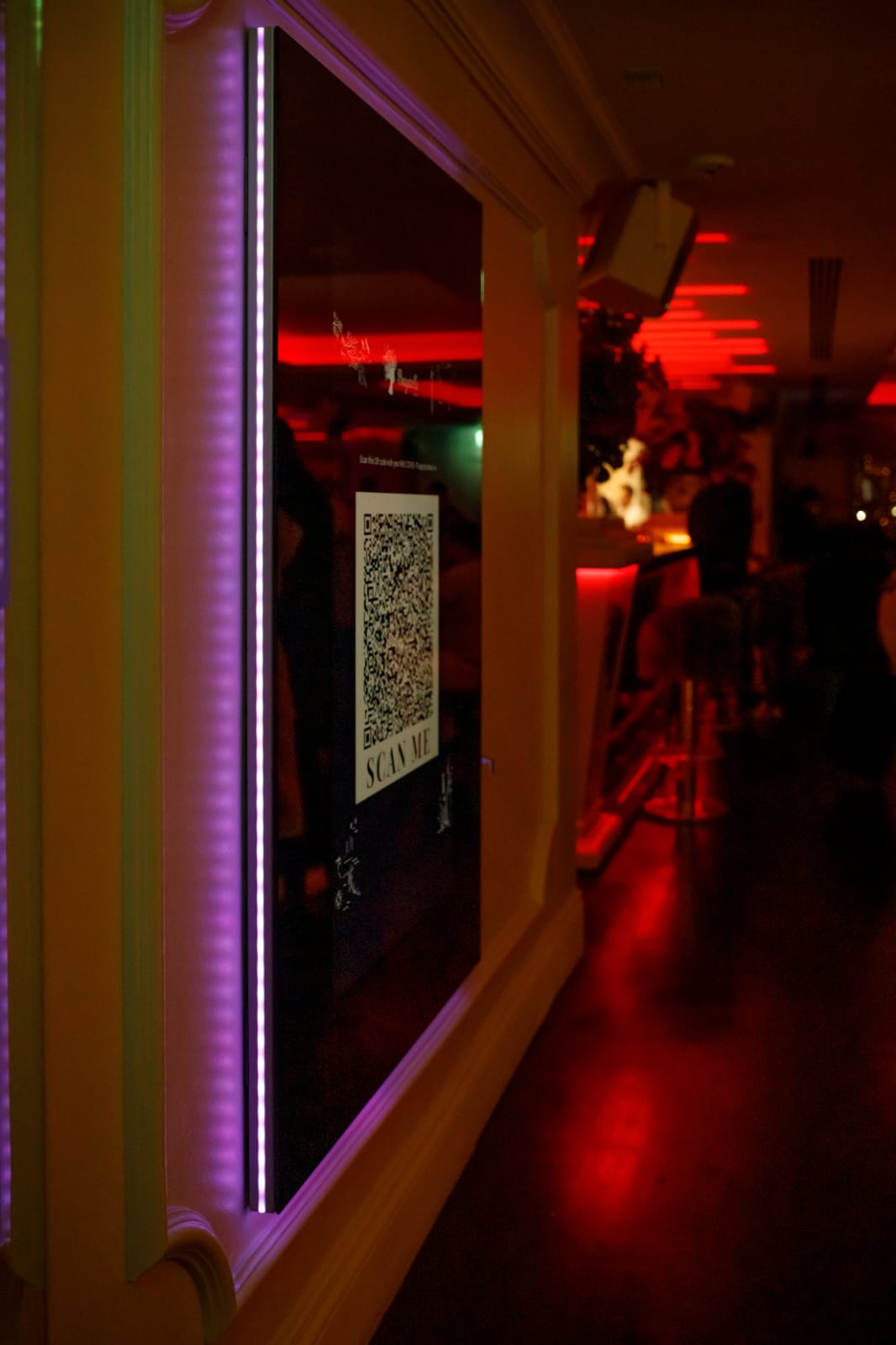New luxury brands advertising solutions after pandemic from Jarábik Barbara: Each marketing strategy has its own advantages and disadvantages, but the key to success is understanding which one will resonate best with your target audience. And whatever approach luxury brand managers take, they must ensure that their products and services remain aspirational. Finally, luxury marketers may focus on the emotional appeal of their brand, emphasizing the feelings of luxury and decadence that it evokes. This can be a very effective way to connect with customers on an emotional level and create loyalty to the brand. It can work particularly well when appealing to luxury travelers.

Adidas purposely only creates a limited amount of every new model to make them appear rare. While they sell for $200 from a retail store, they are often resold for upwards to $1,000! This is also an excellent example of using scarcity to entice people to purchase the shoes because there’s a good chance they won’t be able to get them or they’ll have to pay insane resell prices. Another brand we can learn from is Paul Parkman. This luxury shoe company uses exotic materials like crocodile and python to make their footwear one-of-a-kind.
Google is one of the most influential channels when it comes to helping luxury shoppers find products, learn more about brands, and make their purchase. As we’ve already alluded to, most luxury brands have pretty poor websites. Unsurprisingly, most of those websites also have extremely bad SEO, making it difficult for their websites to rank well in Google for search terms that would otherwise capture potential customers. Take Prada for instance. When I search for Prada handbags, not only do I not receive a link to Prada’s handbag page (due to their poor keyword targeting, slow site, and poor on-site structure), but the results also look messy and untargeted.
There’s a reason Gucci doesn’t do infomercials for tiger print duffels. That Equinox doesn’t offer a discount for January first’s newly health-obsessed. That anthropomorphic Hamsters break dance in front of Kia Souls instead of Range Rovers. Advertising for luxury brands tends to focus on, well, luxury. The happiness they inspire. The quality. The sheer opulence that becomes a piece of one’s life when he or she buys free-range leave-in conditioner infused with dolphin tears, or an ornate bottle of some top-shelf botanical cordial. Whether you’re storyboarding a TV spot or building out an ad group in Google Ads (the artist formerly known as AdWords), your target audience needs to feel as though your product or service is a physical manifestation of luxury.

In fact, Chanel are one of the most ‘pinned’ brands on the social network, with over 1,244 pins of Chanel products pinned on the social network per day on average. This is made even more impressive when you consider that Chanel do not even have an account on Pinterest (it’s all driven by their advocates). A luxury brand that I came across who do an exceptional job of marketing themselves on Pinterest is 77 Diamonds in London. Their Pinterest profile is aspirational, educational, and strikes a great balance between not being too promotional, yet still raising awareness of 77 Diamond’s products. See even more information on Barbara Jarabik.
Digital signage mirrors are another way for luxury brands to advertise efficiently : The global digital signage mirrors market was estimated at USD 780 million in 2021. The global market is expected to grow at a CAGR of 12.21% to reach USD 910 million by 2023. Digital signage mirrors can greatly improve individual efficiency by choosing outfits as per weather updates while also offering bus and train schedules (including traffic updates). Digital signage mirrors in smart homes, planes, commercial spaces, hotels, etc. are designed to be connected to users as well as with different devices around. Energy efficiency is one of the major advantages that will drive the adoption of digital signage mirrors.